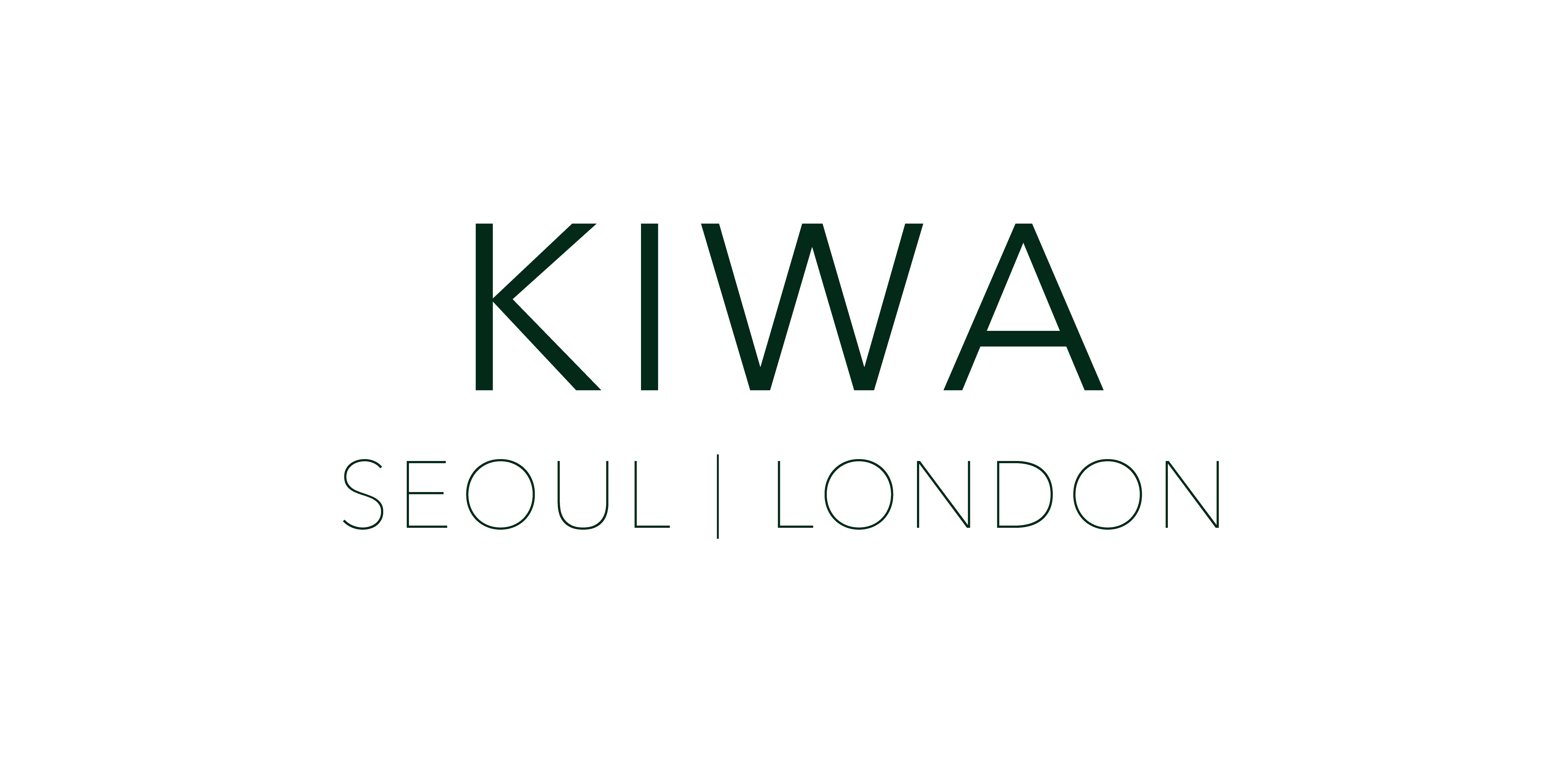Understanding Humanity - A Long Novel
One day, a single line of writing that began unexpectedly grew into an ongoing novel.
The question that started it all-"Why aren't we happy?"-kept leading to more questions, spiraling endlessly until any sense of an ending became impossible. Can this story ever be resolved with just a single answer?
The question that started it all-"Why aren't we happy?"-kept leading to more questions, spiraling endlessly until any sense of an ending became impossible. Can this story ever be resolved with just a single answer?
There is a certain anxiety in confronting myself. And when I and the Other-society-face each other, that anxiety manifests in different ways. What kinds of fragments emerge from these collisions? What is it that keeps reflecting our own images back at us-why, how, and to what end? When I first introduced these portraits, someone called them "monstrous." That made me wonder: Do we see each other as monsters? Or are we simply afraid of being seen as one? Anxiety, once again, breeds more anxiety. Monsters create monsters.
Lately, many of my portraits have replaced faces with masks or skulls. There are various symbolic meanings behind this, but the most straightforward reason is practical-I needed a reliable model to sustain my work, so I became my own. Some have interpreted my paintings as self-portraits, associating them with narcissism or self-replication. But in truth, this choice was born out of necessity: securing enough models, especially ones capable of embodying anxiety, was simply impossible. Over time, I realized I didn't need my own face at all. A casually placed mask, a skull, or even an ambiguous arrangement of eyes, nose, and mouth (or their complete absence) could express infinite emotions.
I've often described my self-portraits as "the personas of others, using my face."
It's fitting, then, that persona originally means "mask." It also refers to a fictional being, making it a perfect character for my ever-growing long novel.
While I've primarily worked with portraits, I've also been developing two parallel series: Still Lifes of Anxiety, Landscapes of Anxiety. If my portraits depict anxiety as an outcome, then these still lifes and landscapes serve as metaphors for its causes-what triggers anxiety, and how.
In this exhibition, I intend to present all three together-figures, landscapes, and still lifes. If my long novel has so far explored existential anxiety through its characters, then the introduction of landscapes and still lifes might be seen as a prequel-a belated attempt to answer the questions of "Why?" and "How?"
People sometimes ask me, "How long will you keep painting these works, telling these stories?"
I can only answer:"I don't know."
Because this long novel didn't begin with an answer-It began with the search for one.

